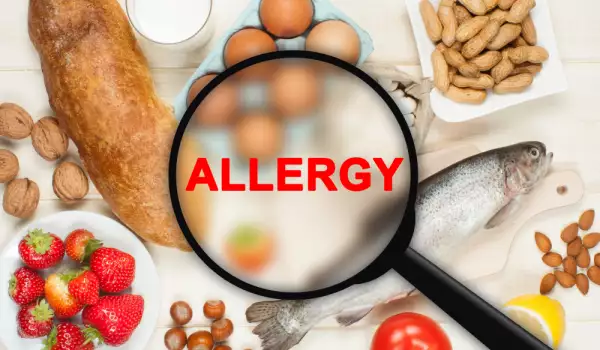Food allergy or intolerance to certain types of food can affect every single person at some point in their life. When people consume a certain food and then start to feel some discomfort, they think they have an allergy to that food. However, the truth is that only 3 percent of adults and between 6 and 8 percent of children have a food allergy that has been diagnosed through research.
- The difference between a proven allergy and what people think and feel is due to them misinterpreting food intolerance or other adverse reactions to a number of foods such as food allergies for example.
- To have a true food allergy, there must be an abnormal response to manifest, with some characteristic symptoms appearing.
- Some types of reactions to food that are not defined as a food allergy can be:
- intolerance to certain foods, such as intolerance to gluten or milk and dairy products;
- toxic reactions and food poisoning;
Most of food allergies are caused by a very strong sensitivity of the body to certain proteins in food. Proteins have properties that allow them to become allergens.
The most common food allergies are:
- Peanut sensitivity which is from the legume family. An allergy to these nuts can be very severe, but in most cases, children with such an allergy overcome it;
- Nut allergy - walnuts, pistachios, pine nuts, coconuts and hazelnuts.
The most common symptoms of food allergy are:
- itching in the mouth;
- difficult swallowing;
- difficult breathing;
Once digestion begins, food allergy symptoms may appear such as:
- nausea;
- vomiting;
- diarrhea;
- abdominal pain.



















Comments